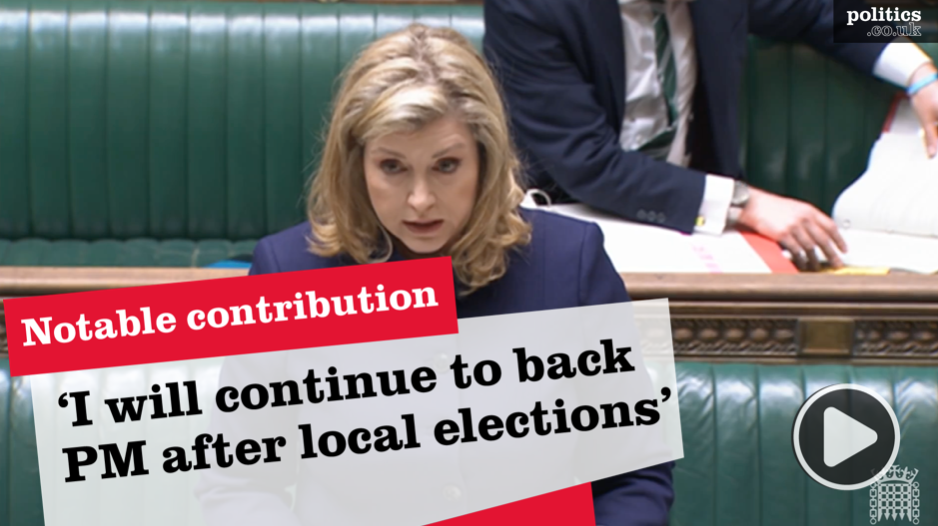A&E waiting times down, but problems remain
A new report from the National Audit Office (NAO) has concluded there has been a significant reduction in Accident and Emergency (A&E) waiting times, but that there are still problems in treating the most vulnerable groups.
Today’s report concludes that there has been a “large and sustained reduction” in the length of time patients spend in A&E, an improvement it puts down to better working practises.
Reducing waiting times in A&E has been a key Government target since 2000. Then the Department of Health said that by December 2004 no patient should spend more than four hours in A&E. In 2002-3, 23 per cent of patients spent over four hours in the department, but this new report shows that in April-June 2004, this was reduced to around five per cent.
However, older people and those with mental health needs are still more likely than others to spend longer than this time in A&E.


Sir John Bourn, who heads the NAO, said: “I welcome the fact that patients in accident and emergency departments are experiencing fewer delays. This is against a background of a continuing high demand for A&E services. There is scope, however, in those trusts which are behind the best for further reductions in the time patients spend in A&E.
“The Department of Health should continue to pursue more effective joint working: on the one hand, between A&E departments and other parts of their hospitals; and, on the other, between all the providers of emergency care. Emergency care networks are a promising way of taking this forward.”
The NAO report identifies that adoption of “See and Treat” working practises, whereby the first medical professional who sees a patient with a minor injury or illness is given the power to treat a patient without referring them to other clinicians.
The public spending watchdog however warns that if improvements are to continue, action is needed to tackle bottlenecks in the service. Cited problems include difficulties admitting patients due to a mismatch of admissions and discharges, and delays in obtaining specialist opinions.
It is also noted that more than half of the trusts who responded in April reported staff shortages in A&E care.












